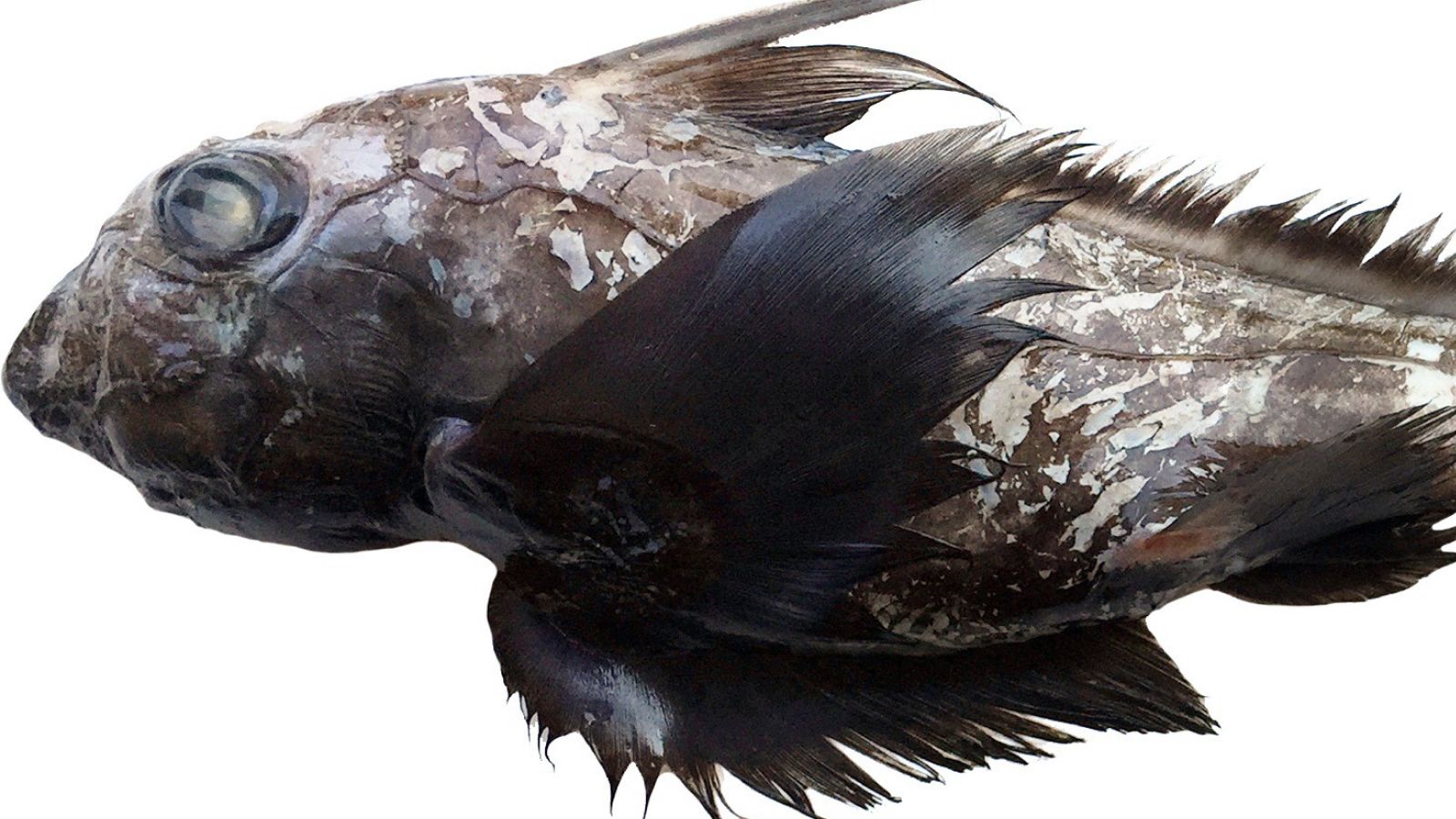Discovery of a Terrifying-Looking Ghostfish
Follow us on Google News (click on ☆)
In the Andaman Sea, off the coast of Thailand, a scientific expedition has discovered a new species of ghostfish, named Chimaera supapae. This cartilaginous fish belongs to the order of Chimaeriformes, among the oldest species of fish still alive today, and a distant cousin of sharks and rays.

Living at depths greater than 1,640 feet, these ghostly creatures inhabit the dark waters of the ocean floor.
Credit: David A. Ebert
The research, published on March 6 in the Raffles Bulletin of Zoology, reveals that C. supapae has a large head, oval and large eyes, making up more than 32% of the length of its head, which capture scant light and allow it to see in the near-total darkness of the depths. Its dark brown skin lacks any distinct lines or patterns, and the animal features a dorsal spine on the top of its head.
Measuring about 20 inches in length, this specimen has broad pectoral fins and fringe-like features resembling feathers, likely adapted for navigating above rocky seafloors.
The discovery of this ghostfish, found between 2,533 and 2,542 feet deep during a bottom-fishing expedition, marks the addition of the 54th known species of chimaeras to date. Chimaeras, usually challenging to observe due to their habitat in the deep and dark zones of the ocean, feed on bottom-dwelling sea life, such as crustaceans, mollusks, and worms.

Found at depths greater than 1,640 feet, these ghostly creatures inhabit the dark waters of the ocean floor.
Credit: David A. Ebert
This fish was named in tribute to Supap Monkolprasit, a Thai scientist who dedicated her life to the study of cartilaginous fish. The genus name, Chimaera, refers to the chimera of Greek mythology, a fire-breathing creature with three heads.
The discovery underscores how much of the marine depths remain largely unexplored and full of secrets. David Ebert, director of the Pacific Shark Research Program at San José State University in California and lead author of the study, emphasizes the evolutionary significance of chimaeras, whose lineage dates back 300-400 million years. This discovery illustrates how limited our knowledge of the marine environment is and how much there is still to explore.